Exploring Social Curation Sites: A Guide for Beginners
Finding fresh content for your social channels feels like a never-ending treasure hunt, doesn’t it? You’re scrolling through endless feeds, bookmarking articles you’ll “definitely share later,” and somehow your content calendar still looks emptier than your coffee mug at 3 PM. If managing content across multiple social platforms has you feeling overwhelmed, you’re definitely not alone—and more importantly, there’s a smarter way forward.
Social media curation tools help users aggregate, manage, and display content from multiple social channels in one place (Source: Taggbox Blog). These platforms have become essential for businesses and individuals who want to streamline their content strategy, save time, and maintain a consistent online presence. Rather than manually hunting for content across dozens of sources, smart marketers are turning to dedicated curation sites that do the heavy lifting for them.
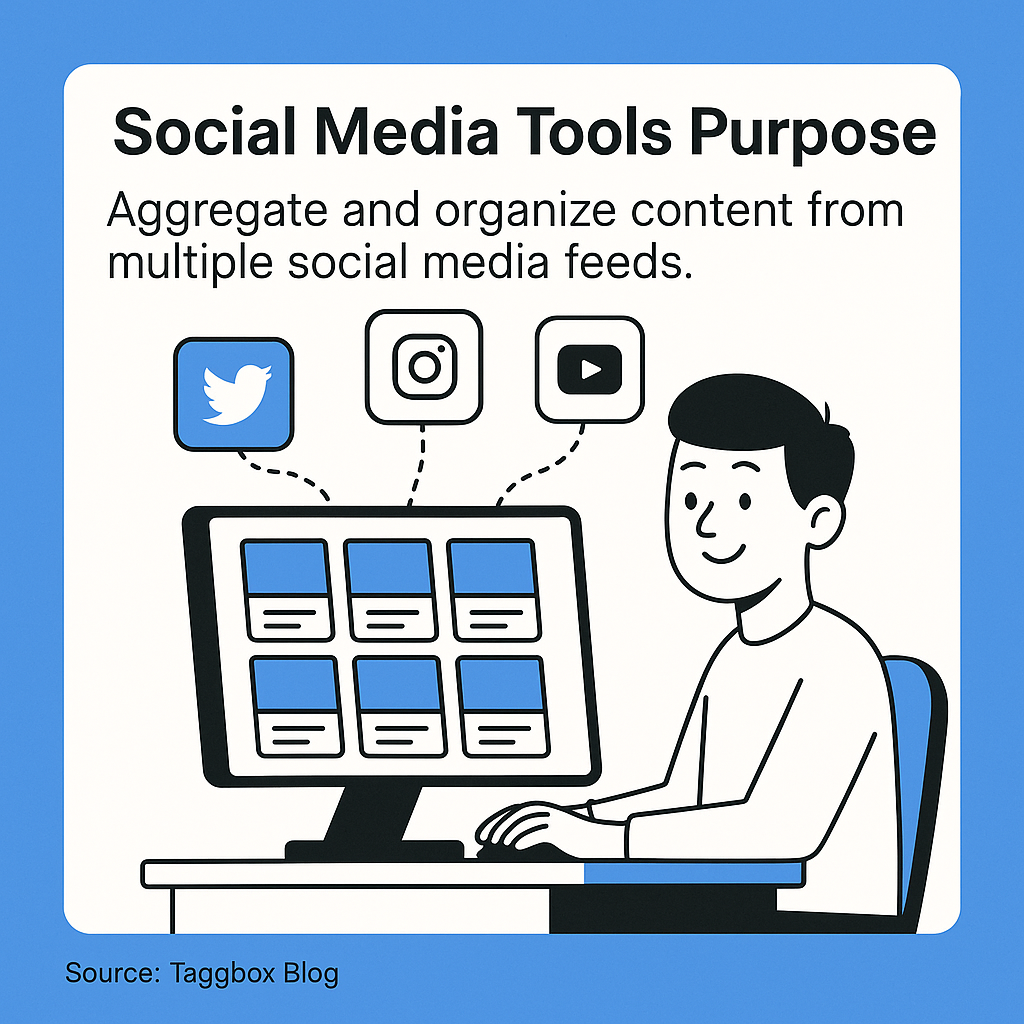
We’ll walk you through the most effective social curation platforms available right now, from free tools perfect for solo entrepreneurs to enterprise solutions built for large teams. You’ll discover how to identify the right platform for your specific needs, understand the difference between content aggregation and true curation, and learn practical strategies for building a content mix that actually engages your audience. Plus, we’ll share some insider tips on automating your workflow without losing that personal touch your followers expect. Ready to transform your content strategy from chaotic to streamlined? Our ultimate guide for content curation on social media provides the perfect foundation for understanding the bigger picture.
Understanding Social Media Curation vs. Content Aggregation
Here’s where things get interesting—not all content tools are created equal, and the difference between curation and aggregation can make or break your social media strategy. Content aggregation is basically digital hoarding: collecting tons of content without much thought about quality or relevance. It’s like that friend who shares every meme they find without considering if their audience will actually care.
True content curation, on the other hand, is more like being a museum curator for your industry. Understanding what curated content means helps clarify this distinction—you’re carefully selecting, organizing, and presenting content that adds genuine value to your audience’s day. BuzzSumo stands out as a widely acclaimed platform for content marketers who want to monitor trends and gain performance insights (Source: Taggbox Blog). The platform excels at helping you identify what’s already performing well in your industry, so you can curate with confidence rather than guesswork.
Think about your favorite social accounts—the ones you actually look forward to seeing in your feed. They probably share a perfect mix of original content, industry insights, and carefully chosen third-party articles that always seem relevant to your interests. That’s strategic curation in action, and it’s what separates memorable brands from forgettable noise makers.
| Approach | Content Selection | Audience Impact | Time Investment |
|---|---|---|---|
| Content Aggregation | High volume, low filtering | Information overload | High setup, low maintenance |
| Content Curation | Selective, strategic choices | Trust and engagement | Moderate setup, ongoing curation |
| Automated Curation | AI-filtered, brand-matched | Consistent quality | Low setup, minimal maintenance |
Top Social Curation Platforms: Free vs. Premium Options
Let’s talk money (or the lack thereof, if you’re bootstrapping). The good news? Some seriously powerful curation tools won’t cost you a cent to get started, while others justify their price tags with features that can transform your entire content workflow.
For budget-conscious marketers, Buffer offers a free plan that covers basic scheduling and analytics across multiple platforms (Source: SmartReach Blog). Their AI assistant even provides scheduling recommendations, making it perfect for freelancers and start-ups who need to punch above their weight class. The interface is refreshingly simple—no complicated dashboards or features you’ll never use.
On the premium side, Sprout Social commands $199 per month for entry-level access, but agencies and enterprises get advanced analytics, smart inbox management, and reporting features that can justify the investment (Source: Prezly Academy). For mid-sized teams managing multiple client accounts, Agorapulse offers a sweet spot at $79 per month with inbox automation that feels almost magical.
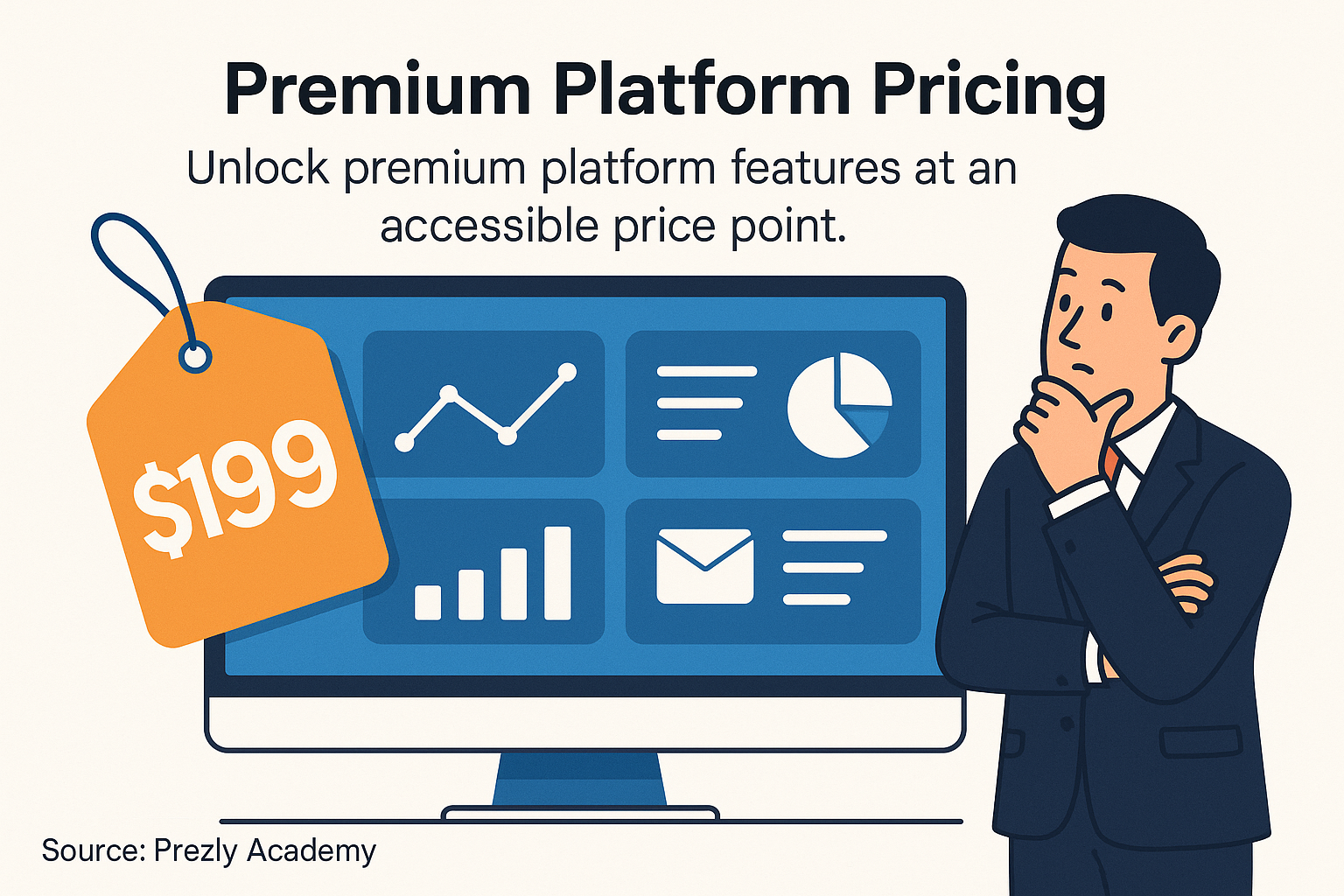
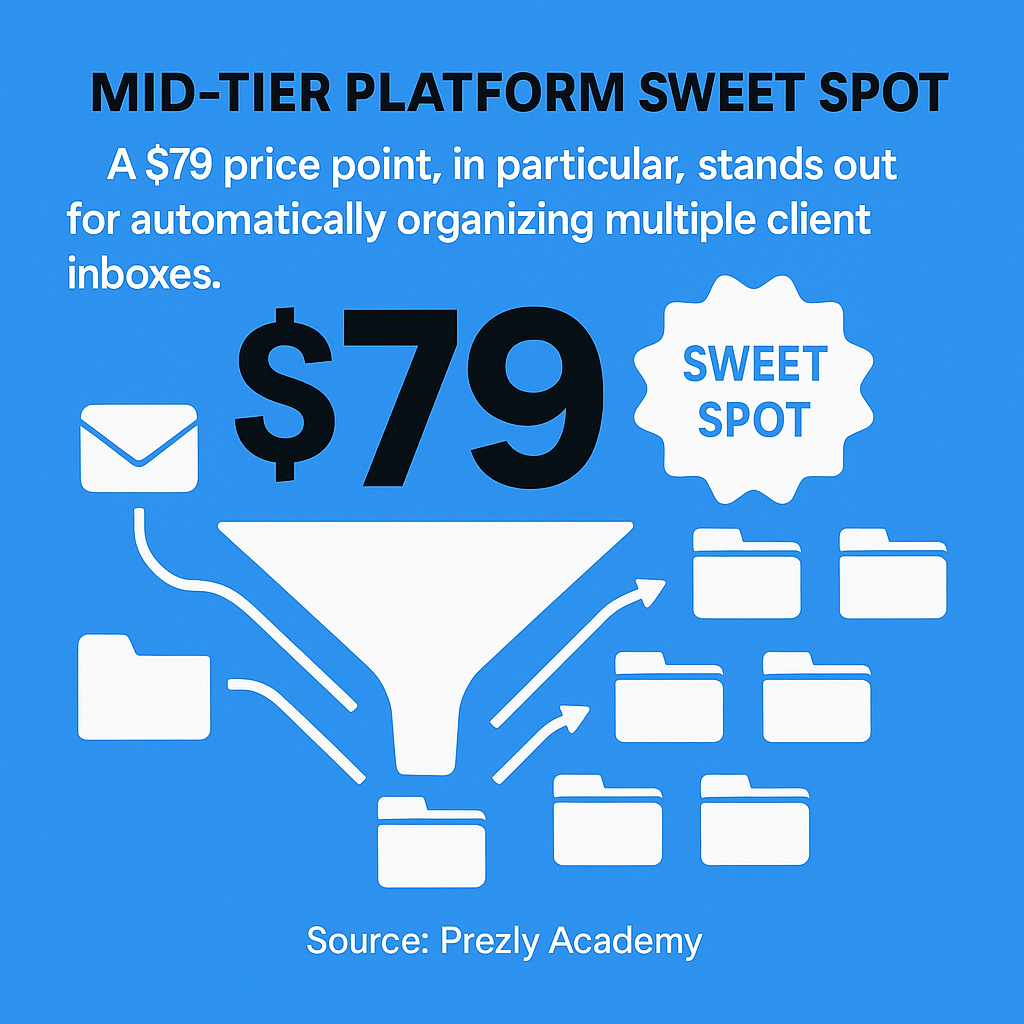
The key is matching your tool choice to your actual workflow needs rather than getting dazzled by feature lists you’ll never touch. Our breakdown of content curation tools for every budget can help you make a more informed decision based on your specific situation.
| Tool Category | Best For | Price Range | Key Strength |
|---|---|---|---|
| Free Tier Tools | Solo entrepreneurs, small teams | $0-20/month | Getting started without upfront costs |
| Mid-Tier Platforms | Growing businesses, agencies | $50-150/month | Professional features with reasonable pricing |
| Enterprise Solutions | Large teams, multiple brands | $200+/month | Advanced analytics and team collaboration |
| AI-Powered Platforms | Time-pressed marketers | Varies widely | Automated content discovery and scheduling |
Setting Up Automated Content Workflows
Here’s where the magic happens—turning your content curation from a time-consuming daily grind into a smooth, automated process that works while you sleep. Many modern tools leverage AI to automate content discovery and aggregation, significantly reducing manual effort in curating social media feeds (Source: Taggbox Blog).
Scoop.it offers a versatile platform that uses AI to find high-quality content relevant to your niche automatically (Source: Taggbox Blog). The platform’s strength lies in its ability to learn your preferences over time, getting better at suggesting content that matches your brand voice and audience interests. It’s like having a really smart intern who never needs coffee breaks and actually improves with experience.
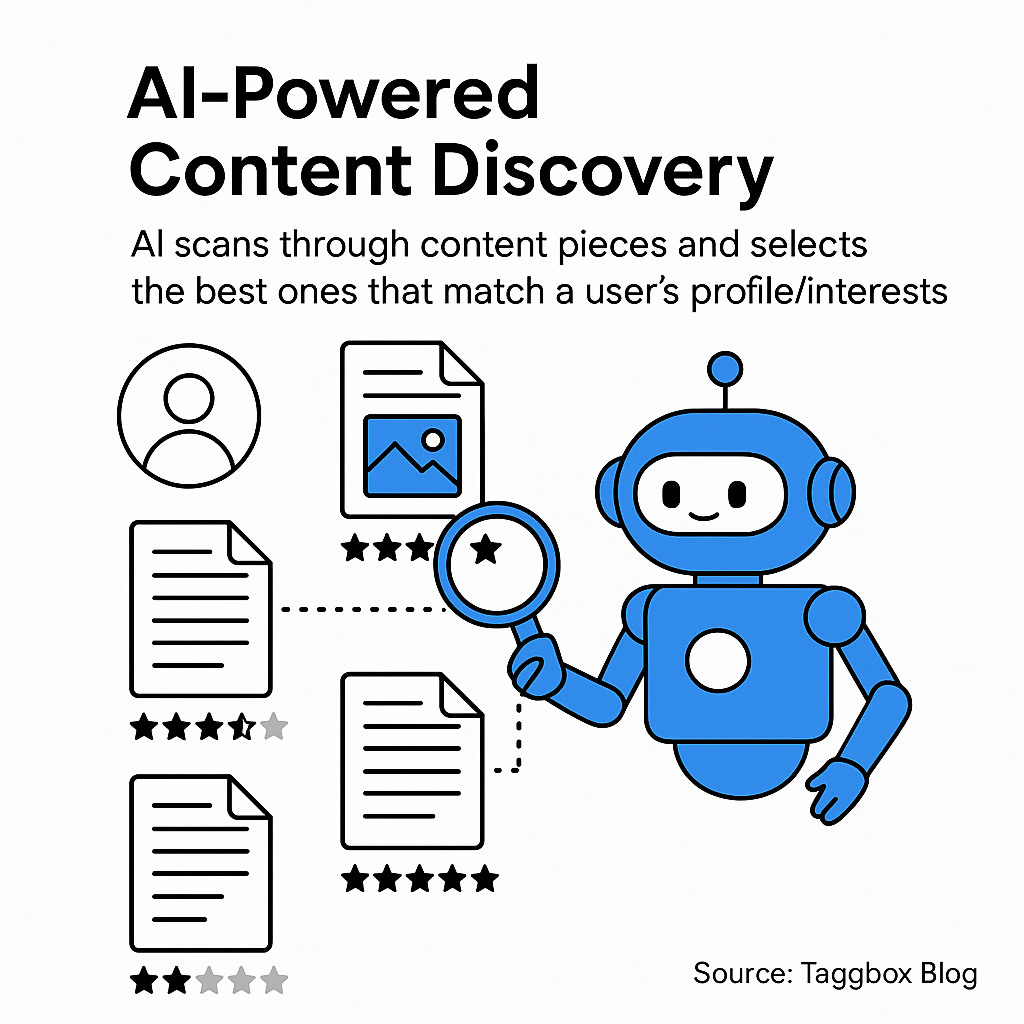
The secret to successful automation isn’t setting everything on autopilot and walking away—it’s creating smart workflows that handle the repetitive tasks while preserving opportunities for your personal touch. Understanding automated content curation helps you strike that balance between efficiency and authenticity.
Start by identifying your content pillars—maybe 30% industry news, 20% how-to guides, 25% behind-the-scenes content, and 25% curated trending topics. Then set up your automation tools to source content for each category, but always review and customize before sharing. Your audience can tell the difference between thoughtfully curated content and robotic posting, and that difference defines whether they stick around or scroll past.
| Automation Level | Time Investment | Quality Control | Best Use Case |
|---|---|---|---|
| Manual Curation | 2-4 hours daily | Complete control | Personal brands, niche markets |
| Semi-Automated | 30-60 minutes daily | Regular review and approval | Small businesses, growing brands |
| Highly Automated | 15-30 minutes daily | AI-filtered with spot checks | Established brands, multiple channels |
| Full Automation | Weekly monitoring | Algorithm-dependent | Large enterprises, news aggregation |
Building Your Content Mix and Strategy
Creating a content mix that actually engages your audience is part art, part science, and part “let’s see what happens when we try this.” The most successful brands typically follow something like the 80/20 rule—80% valuable, non-promotional content mixed with 20% content that directly promotes their products or services. But here’s the thing: those numbers aren’t sacred, and your ideal mix depends entirely on your audience and industry.
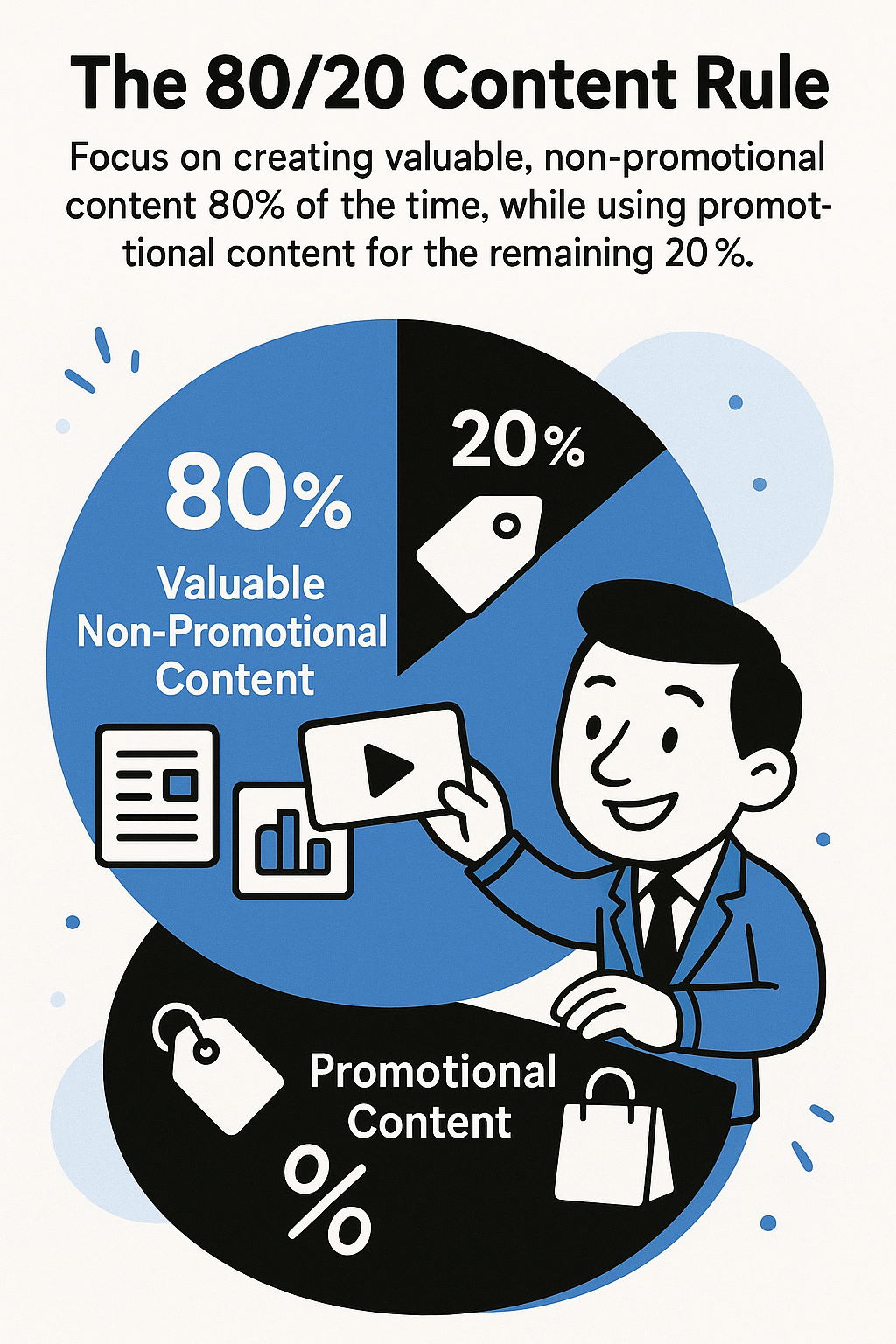
Several platforms allow users to collect social media posts and display them on websites or digital displays, such as BuzzSumo providing insights into trending content and Scoop.it allowing curated collections to be shared publicly or privately (Source: Taggbox Blog). This functionality helps brands showcase user-generated content or highlight industry trends directly on their sites, creating a seamless experience between social media and website content.
Think of your content strategy like hosting a dinner party. You wouldn’t serve the same dish five nights in a row, and you definitely wouldn’t spend the entire evening talking about your new promotion at work. Your social media should follow the same principle—variety keeps people interested, and value keeps them coming back. These eight content curation strategies can help you develop a more sophisticated approach to mixing different content types.
Start tracking what performs best for your specific audience rather than following generic best practices. Maybe your B2B audience loves data-heavy infographics, or perhaps your consumer base responds better to behind-the-scenes video content. Use your analytics to guide your content mix rather than hoping generic advice will work for your unique situation.
- Educational Content (30-40%): How-to guides, industry insights, tips and tricks that solve real problems
- Entertainment (20-30%): Memes, funny observations, light-hearted content that brings joy to feeds
- Community Building (15-25%): User-generated content, customer spotlights, behind-the-scenes glimpses
- Industry News (10-20%): Trending topics, breaking news, expert commentary on current events
- Promotional (5-15%): Product announcements, special offers, company updates
Measuring Success and Optimizing Performance
Here’s the truth nobody talks about: vanity metrics like follower count or total likes might make you feel good, but they won’t pay your bills or grow your business. Smart marketers focus on engagement rates, click-through rates, and actual conversions—metrics that indicate whether your curated content is driving real results.
Tools like Hootsuite and Sprout Social centralize posting across Facebook, Instagram, LinkedIn, Twitter/X, and YouTube, streamlining workflow for busy teams while providing robust analytics to measure performance (Source: Sprinklr Blog). The key is setting up tracking that connects your social media efforts to your broader business goals rather than treating social as an isolated activity.
Automation features in platforms like Scoop.it and Buffer reduce the time needed for manual curation while maintaining quality (Source: Taggbox Blog). But here’s the kicker—time saved on curation should be reinvested in engagement and relationship building, not just allocated to other tasks. Your followers can tell when you’re phoning it in versus when you’re genuinely invested in the conversation.
Set up monthly content audits where you review what performed best and worst. Look for patterns in timing, content types, and topics that resonate with your audience. Understanding the specific benefits of content curation helps you set appropriate benchmarks and goals for your efforts.
| Metric Category | Key Indicators | Measurement Frequency | Action Triggers |
|---|---|---|---|
| Engagement Quality | Comments, shares, saves | Weekly | Engagement rate below 2% |
| Reach & Impressions | Organic reach, impression growth | Monthly | Declining reach over 30 days |
| Click-Through Performance | Link clicks, website traffic | Weekly | CTR below industry average |
| Conversion Impact | Leads, sales, sign-ups | Monthly | Zero attributable conversions |
Common Pitfalls and How to Avoid Them
Even the smartest marketers fall into predictable traps when they’re building their social curation strategy. The biggest mistake? Treating curation like content vampirism—sucking the value out of other people’s work without adding any perspective or context of your own. Your audience doesn’t need another mindless reshare; they need your unique take on why this content matters to them specifically.
Another classic pitfall is the “set it and forget it” mentality. Sure, automation is fantastic for handling the heavy lifting, but your social channels still need a human heartbeat. Free tiers from Buffer, Zoho Social, and Later make it easier for small businesses and individuals to get started without significant investment (Source: SmartReach Blog). However, even the best automation tools can’t replace genuine engagement and conversation.
The third major trap is ignoring your analytics until something goes wrong. By then, you’ve lost weeks or months of potential optimization opportunities. Understanding the essential parts of a solid content curation strategy includes setting up proper tracking from day one, not as an afterthought when you finally have time to “figure out the data stuff.”
Don’t get caught in the comparison trap either. Just because a competitor’s meme got 10,000 likes doesn’t mean you should abandon your thoughtful industry analysis for cheap laughs. Stay focused on serving your specific audience rather than chasing viral moments that don’t align with your brand or business goals.
The good news? Most of these mistakes are easily fixable once you recognize them. Start with a clear content strategy, invest in the right tools for your budget and needs, and commit to regular optimization. Your future self will thank you for building solid foundations instead of trying to fix everything retroactively.






